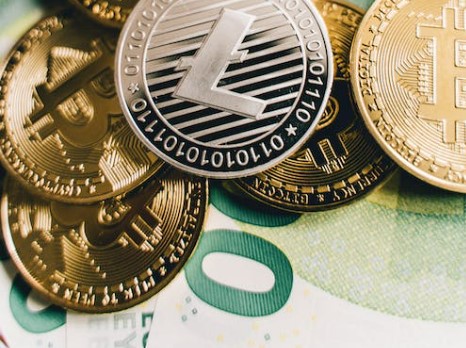Recently, it appears that Binance USD (BUSD) has come under attack by the SEC, ending up in another of the Web3 blizzards. The case is still open, but the indictment seems to have undermined the entire cryptocurrency category, except for Tether (USDT), which seems to have increased its market capitalization instead. But can we trust stablecoins? What can we actually use them for?
Sure, we know that they have the same characteristics as regular cryptos, i.e., speed, decentralization, and low transaction costs compared to regular fiat currencies, without the typical volatility that characterizes the industry, but what else?
So let’s look at 6 risks closely related to them before investing, trying to avoid surprises.
Table of Contents
Stablecoins’ risk: centralization
Stablecoins have become famous for the opportunity they offer investors given the price stability and reduced volatility that has always been associated with cryptocurrencies.
However, the stability of these digital assets comes at a cost: specifically of centralization.
This category of crypto is backed by underlyings such as commodities or other fiat currencies, so their stability depends on the reliability and liquidity of these assets.
This centralization makes the ecosystem in question vulnerable to hackers and other security breaches. The consequences? A drastic drop in trust and many portfolios in the red.
In addition, these centralized digital currencies can be subject to censorship and control by the company that controls them-let’s not forget that and be very careful.
Stablecoin regulation
These cryptocurrencies have the same regulatory oversight as traditional financial instruments, but are often subject to additional regulation because of their association with cryptocurrencies.
All regulatory changes affecting the underlyings to which Stablecoins are pegged may undergo legal changes, and this would obviously be reflected in digital currencies.
In addition, legal changes could affect the issuers of the same, leading to a loss of confidence and a decline in value.
Adapting to more regulations then burdens an issuing company’s finances, not to mention that regulatory uncertainty could lead to a lack of investment and adoption of one or more cryptos in the category.
To cope with the problem, authorities and regulatory institutions often work closely with issuing companies, providing more leeway when changes occur and the system proactive.
Read also: Global cryptocurrency regulatory framework: FSB, IMF and BIS lay the groundwork for common rules
Stablecoins and liquidity
Do we really have this type of crypto available all the time? The answer is no, liquidity is not always guaranteed.
The problem is due to the link between the liquidity of Stablecoins and the underlying to which they are pegged.
An example makes it clearer. If an asset that experiences a sudden drop in liquidity backs a Stablecoin, the value of the Stablecoin could be affected. Same goes if the issuer suffers a sudden redemption request, negatively affecting it and leading to a drop in its value.
Not to mention a trader’s nightmare. Namely, manipulation of the asset to which the crypto is pegged.
To avoid unpleasant surprises, it is crucial that issuers secure and monitor adequate reserves that can meet the demand for any redemptions.
One of the challenges for issuing companies is precisely to maintain adequate volatility by gradually increasing decentralization.
Market vs Stablecoin: really different?
Remember that any investment is risky. Stablecoins are not unshakable, and the TerraUSD case was one of the first proofs of this. They too can prove unstable, just like any asset in the market.
As already anticipated then, the same problems exist in this particular category of cryptos as in the entire financial market. Thus, manipulation, transparency, theft, etc.
The secret lies in anchoring these digital currencies to assets globally recognized as stable and strong against all market laws.
Stablecoin counterparty: how reliable is it?
We have to rely on major assets. And there is no other way. The risk of having an untrustworthy counterparty to which to tie Stablecoins is not to be contemplated.
Loss of trust is around the corner and it is at least obvious that those issuing these cryptos must rely on “safe haven” assets, at least with a low chance of default.
If the reference asset does not meet the requirements of reliability, transparency, liquidity and, why not, notoriety, the currency will not have a long life.
Recall that even Binance USD has had problems. And even Binance was forced to run for cover after the SEC action.
Hacking and crypto criminals
Last but not least, one of the problems from which no digital asset is exempt: hacking and theft. Impossible to say one’s Stablecoins are 100 percent safe, but we can try.
Preferring cold wallets, perhaps in hardware format, is the first step. But remember to choose reputable and reliable crypto providers.
But the web is full of scammers and criminals, so caution must always be utmost. We cannot risk investing and be robbed: this applies to any asset.
Read also: Finnish company launches EUROe, the first EUR-based and EU-regulated stablecoin












